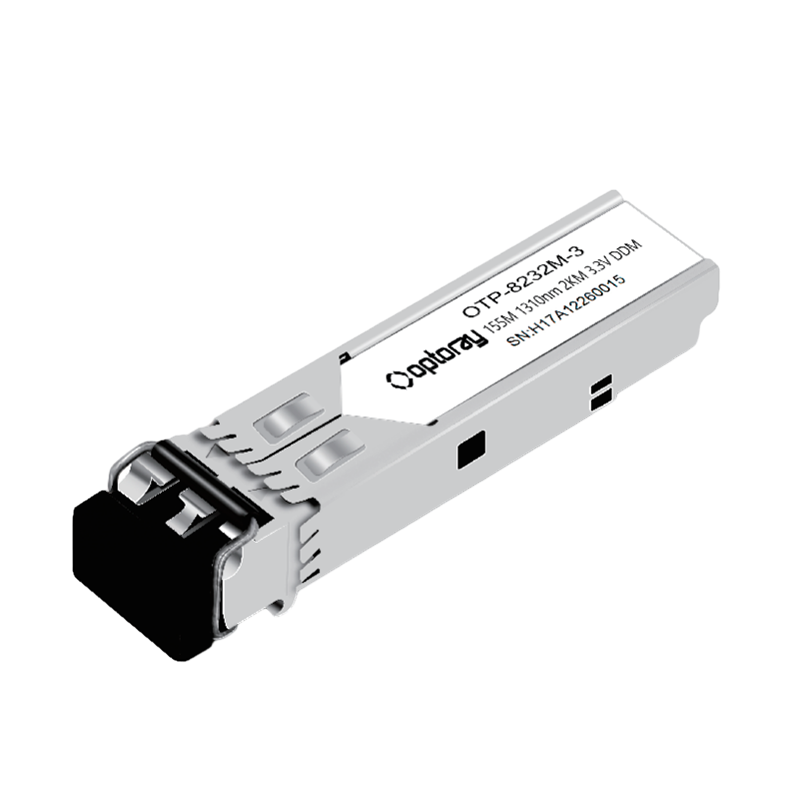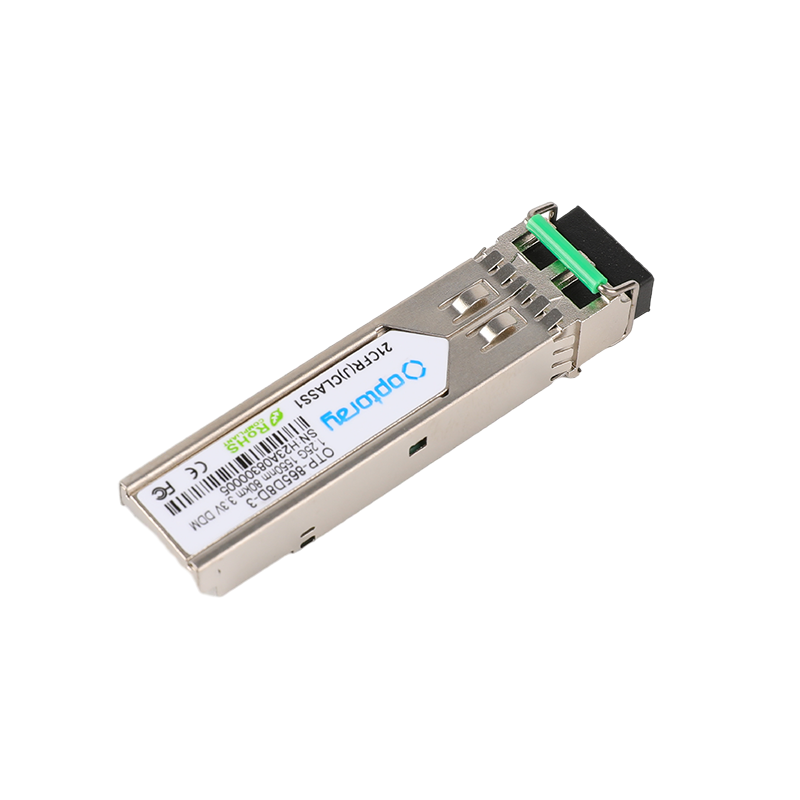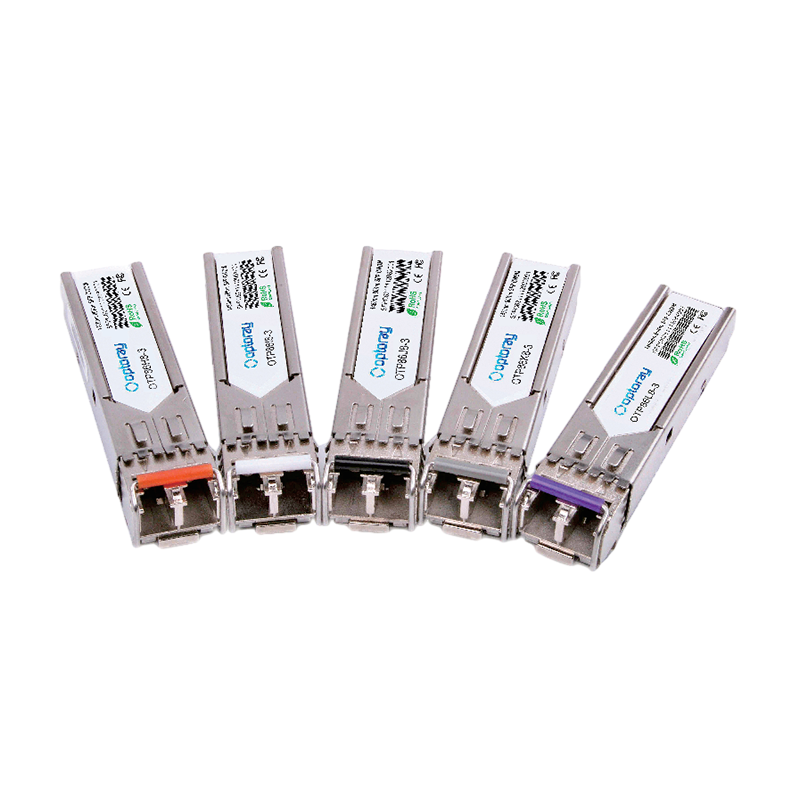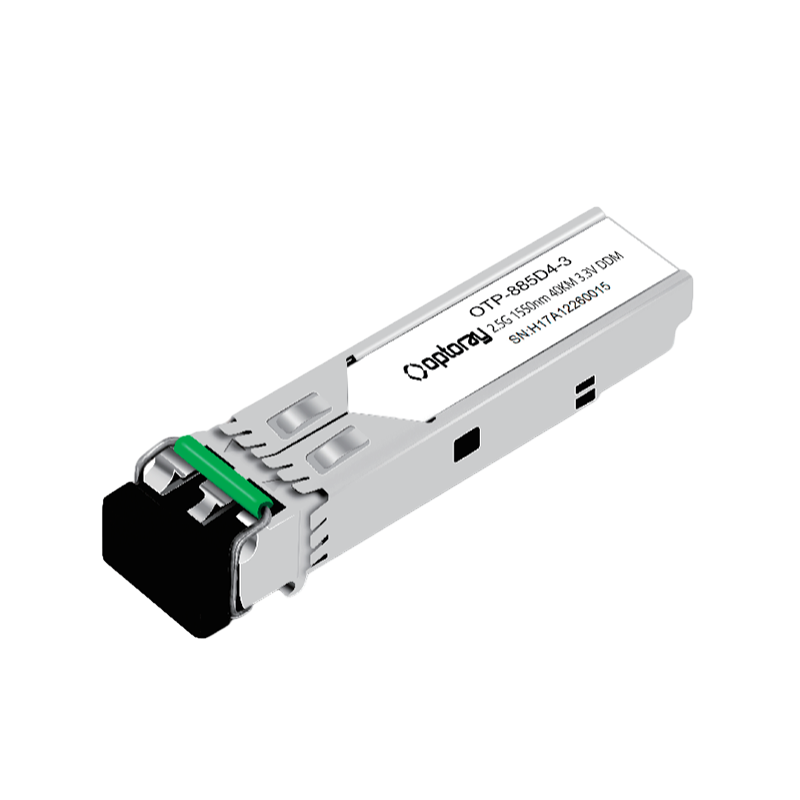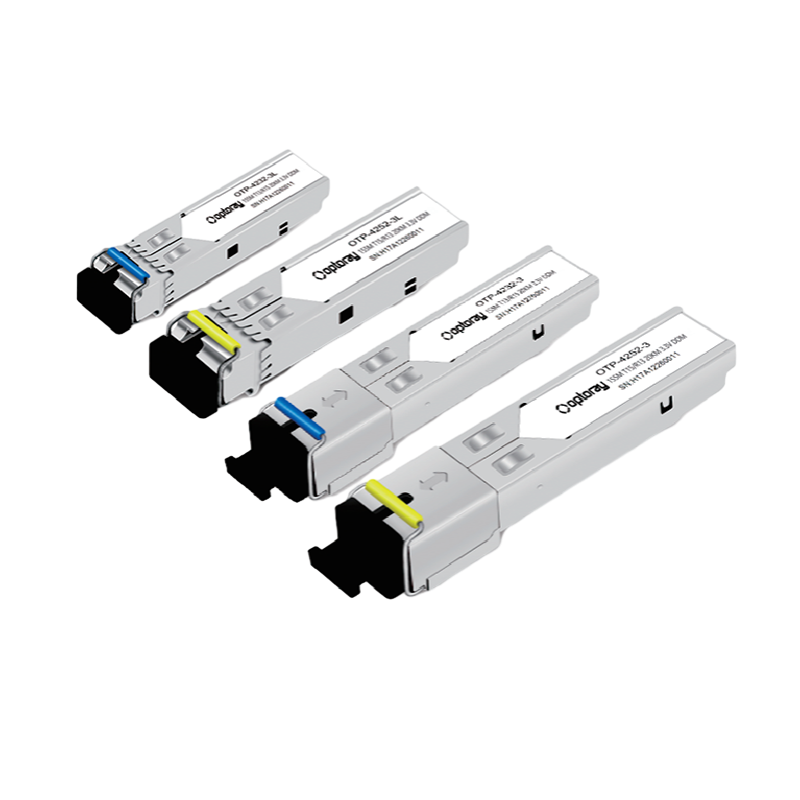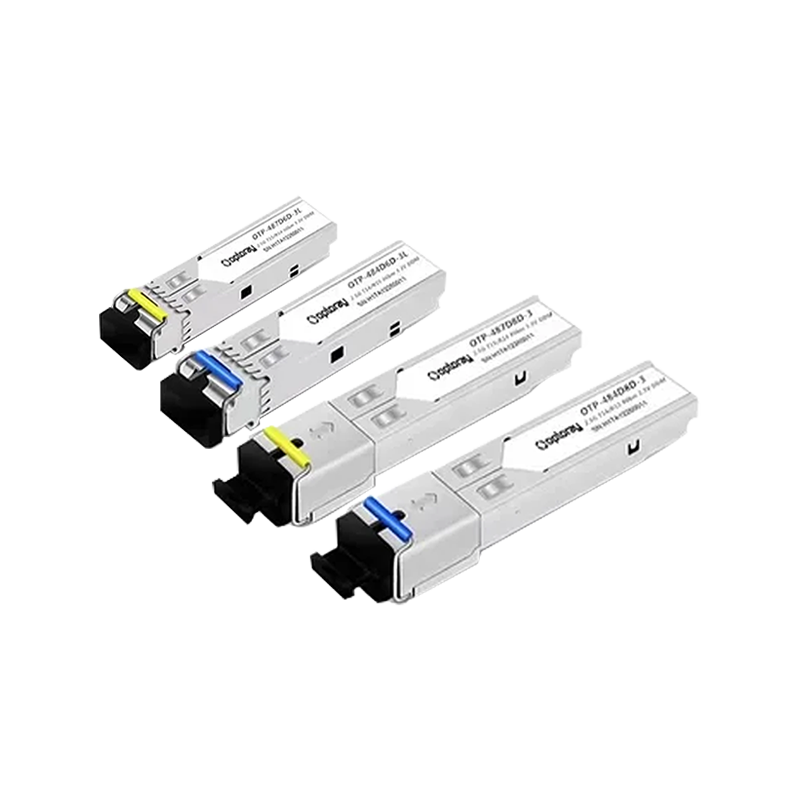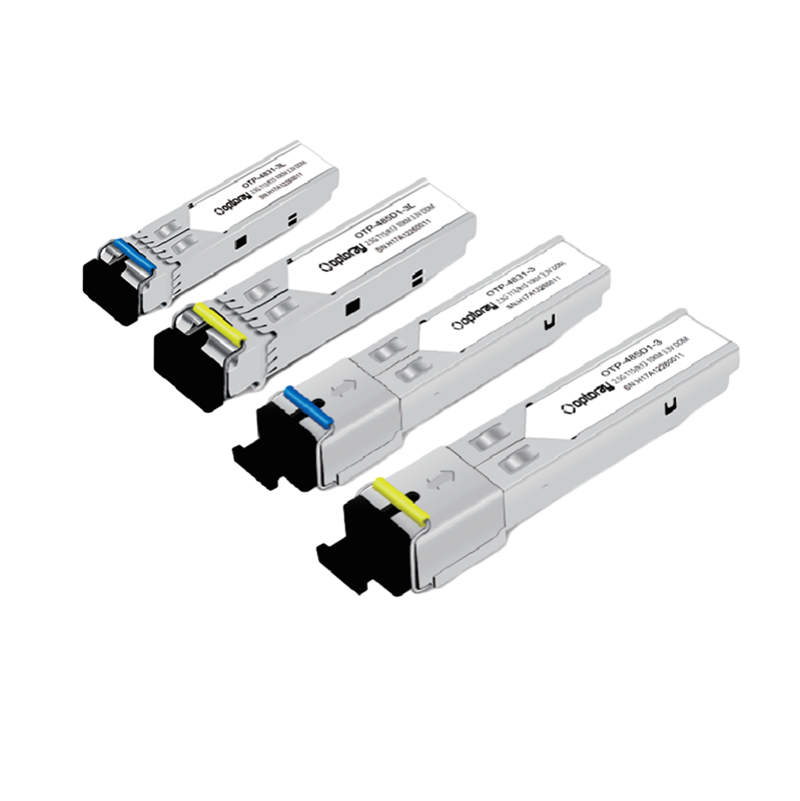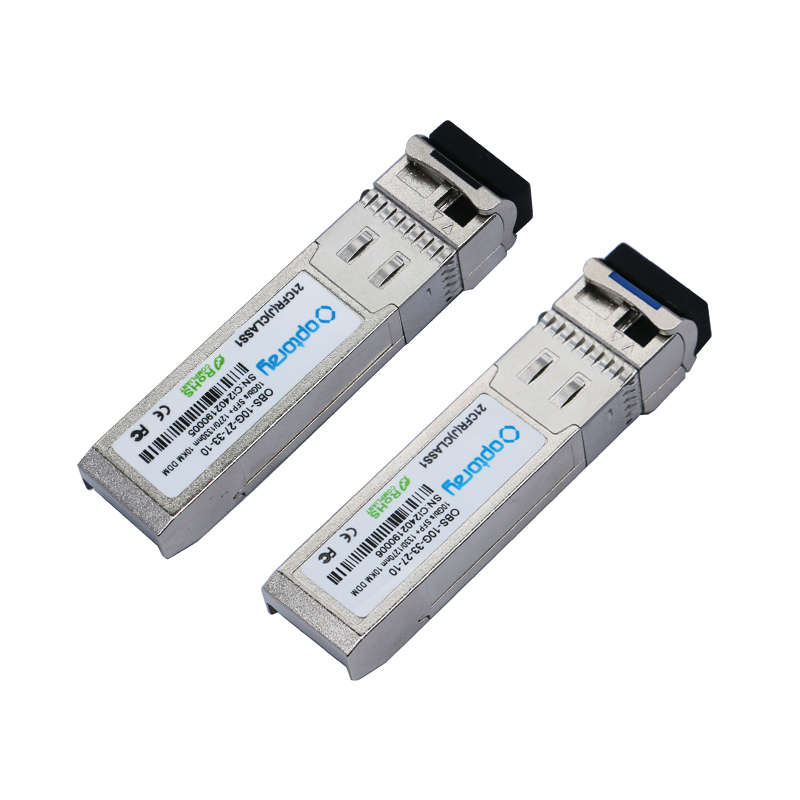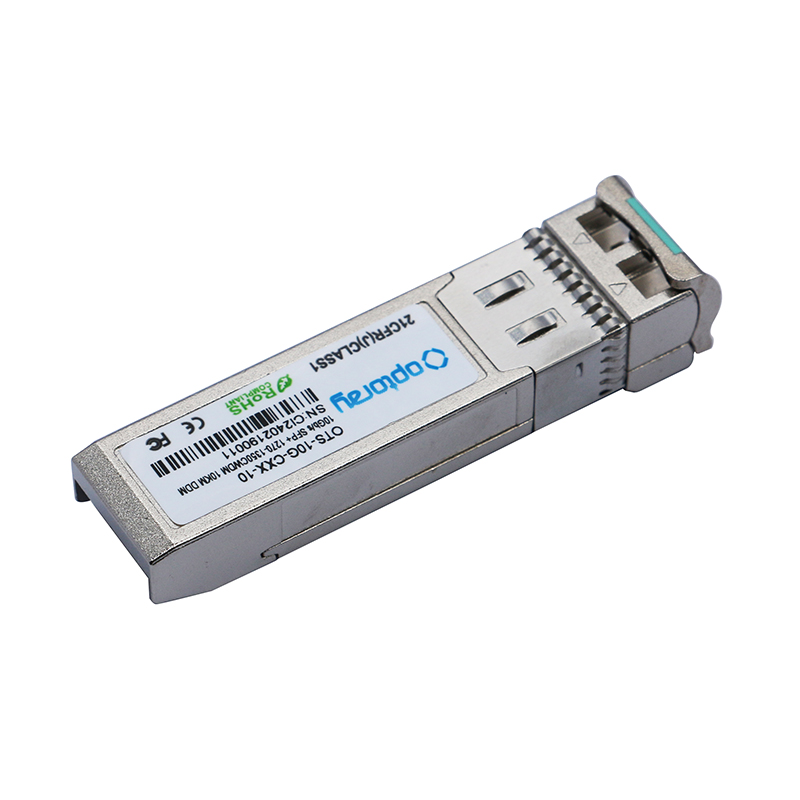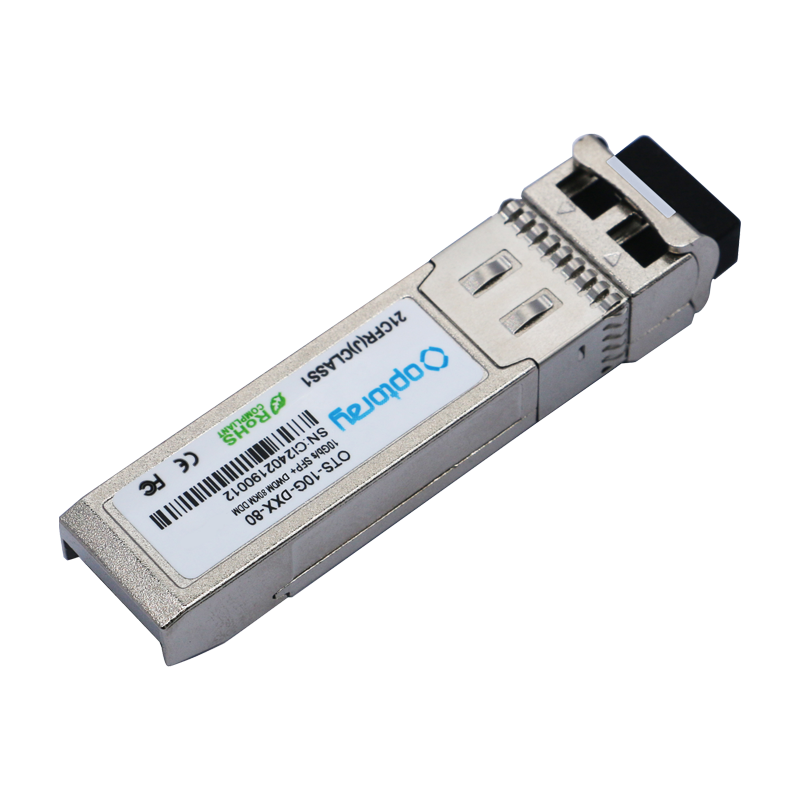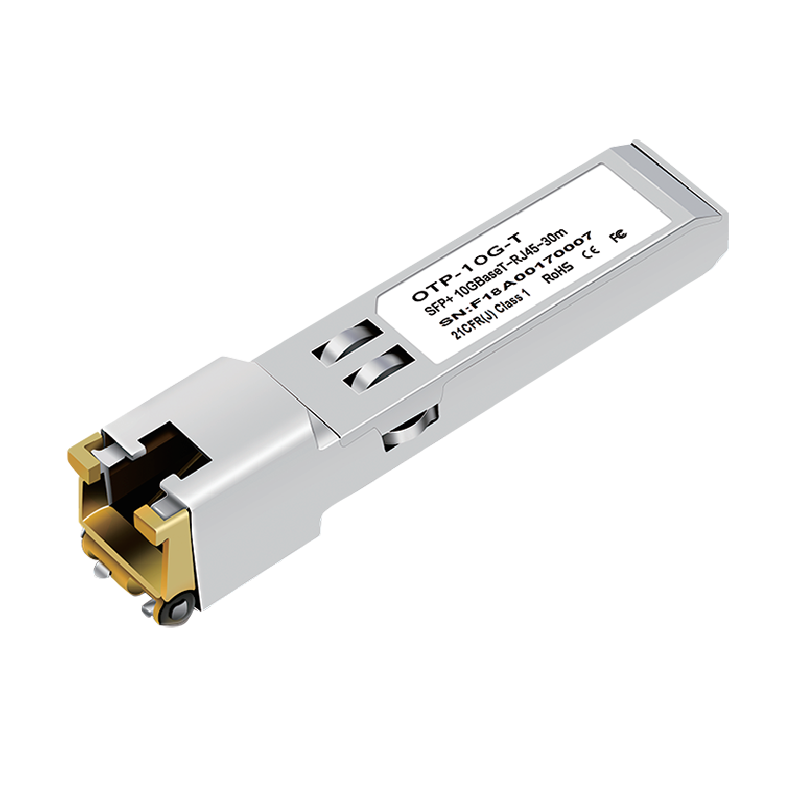+86-0559-5290604
10G SFP+ Modulo Ottico: 10G SFP duplex 300m 850nm anetture lc 10gbase-sr mmf analisi della soluzione
Nel Data Center di Oggi e Nella'ambiente di Rete ad alta VelociTÀ, la Tecnologia Ethernet 10g è Diventata la Configurazione Tradionale. Come componente Principal Della Connessione Di Rete 10g, Le Prestazione del Modulo Ottico SFP Determina Direttamentte la Qualità Della Trasmissione e la Stabilità Dell'intero Sistema Di Rete.
10G SFP Duplex DA 300M DA 850NM CONNETTORE LC 10GBase-SR MMF Segue Rigorosame IL Design Standard IEEE 802.3AE 10GBase-Sr, Utilizzando la Superficie Della Cavità Verticale A 850 nm Chete Emette il Laser (Vcsel) Come Sornte Luminosa E, SE Utilizzata Con Fibra Ottica Multimodale Om3 Om4, La Distanza di Trasmission 300 Raggire 300 IL Modulo Adotta Una Progettazione Di Interfaccia Duplex LC per Garantore La Trasmissione Bidirezionile e Stabile Del Segnale, mantenendo pur mantenendo I vantaggi della Confezione Miniaturizzata per soddisfare le esigenze "
Dal Punto di Vista Delle Caratteristiche della Lunghezza d'Onde, La Banda da 850nm Si Comporta Bene Nella Trasmissione in Fibra Multimodale, Con Bassa Perdita di Trasmissione e Caratteristiche di Larghezza di Banda in Modalità Buona. La funzioni ddm (Digital Diagnostic Monitoring (DDM) integrato del modulo consente il monitoraggio in tempo reale di parametri chiave come energia ottica, temperatura, corrente di polarizzazione, ecc., Fornire un forte supporto per la manutenzeone dolla rete di consumo è -controllo, ecc., Fornire non forte CHE SODDISFA I REQUISITI DEI Moderni Data Center per il Risparmio energetico e la Protezione Ambierale.
Rispetto Alle Solzioni in Fibra a modalithà Singola, I sistemi nella fibra multimodali da 10gbase-sr presentano significativi vantaggi dEi costi nelle distanole di trasmissione egg 300 metri. IL Diametro Centrale Più Grande Della Fibra Multimodale (Di Solita 50 O 62,5 Micron) semplifica l'allineamento e la Connessione della fibra, riducendo la difficile di installazione di installazione e manutenzione. Allo stesso tempo, la sorgente di luce vcsel da 850 nm utilizzata nei sistemi in fibra multimodali ha un costo infinere e più affidabile rispetto ai laser da 1310 nm o 1550 nm comunement utilizzati nei sistemi a modalizza.
IL Design Ottimizzato di Fibra Ottiche Multimodali Om3 E om4 Risolve Efficacee il problema della dispersione della modalità del Delle tradizionali in fibra ottiche multimodali. Controllando con precisee la distribuzione Dell'indice di Rirazio, fornisce una larghezza di Banda in modalità efficacia di oltre 2000 mHz · km nella finestra da 850 nm, che soddisfa completa i requesiti di trasmissione di 300 metri a 10 gbps. Presente tipo di fibra ottica di solita utilizza una sourprendente guaina blu bag -per una facile identificazione e Gesione.
I Moduli Ottici SF 10G SFP sono paricolarment adatti per scenari Come Connessioni da Server-switch All'interna di Data Center, reti di Area di Archiviazioni (sans) e Connessioni Backbone Della Rete del Campus Aziedale. In questo applicazione, una distanza di Trasmissione di 300 metri è sufficiente per il coprero i requisiti di Connessione nella maggior parte della di vendita per computer o tra i piano.
PRESTA ATTENZIONE ALA CORRISPONDENZA DEI TIPI DI FIBERE OTCHE DURENTE LA DISTRIBUZIONE. Sebbene il modulo sia compatibile con le fibre ottiche multimodali OM1, OM3 e OM4, le distanze di trasmissione massima supportate da diversi tipi di fibre ottiche variano notevolmente: OM1/OM2 Fibre ottiche di solito supportano solo una distanza di trasmissione di 33 metri/82 metri e OM3 o OM4 Optical Deve Deve USAT
Per Garantire le Migliori Prestazione del Modulo SF SFP 10G, Si consiglia di Controllerare Regolare il budget di Potenza Ottica del Collegamento. La Potenza Ottica Ricevuta Dovrebbe Essere Tra La Soglia di Sensibilità e il Punto di Sovraccarico del Modulo, Generali NELL'Intervallo da -9,5 dbm a -2,4 dbm. L'Energia Ottica TROPPO ELETATA PUò CAUSARE SATURAZIONE DELL'ESTREMITÀ RASTE, MENTRE UNA POTENZA TROPPO BASSA INFIGIRO SUL TASSO DI ERRORE DEL BIT.
Quando si verifica un errore di collegamento, i parametri in tempo reale ottenuti dalla funzioni ddm opone essere utilizzati per la diagnosi preliminare. I Passaggi tipici di risolveone del problema include: Verificale se la Connessione in fibra è corretta, conffermando che il tipo di fibra soddisfa i requisiti di distanza, la pulizia della facecia di fine delnettutore, la misurazione della perdita end-end-end, ecc. Vale la Pena Nota Che la Fibra Ottica Multimodica Dovrebbe Evitare un Raggio Di Flession Troppo Piccolo, Che Causerà Una perdita in modality ad Alto Ordine e Aumentano L'Attenuazione.
Man Mano Che i Data Center Si SvilupPano verso una densità più Elevata e una velocità più Elevata, il modulo sf Sfp 10g continuerà a mantenere una posizione immigrativa il camino sille applicazioni di media e breve distosa disca ana tecnagia ecaccycyecyeccyecycaste in termini di costi. Allo stesso tempo, è emersa una nuova generazione di tecnologia in fibra multimodale vieni om5 (mmf a banda larga), che fornisce un percorso di transizione regolare per i futuri aggiornutiti a 40 g/100g ottimizzando le prestazioni delaf gAMAZE GAMAZ 850-950nm.
Dalla forma di imballaggio, sfp sta gradualment sostituendo i primithetti di grandi dimensioni di grandi dimensioni come xenpak/x2 a causa della suva dimensione compatta e comodità del subibile a caldo. A Futuro, Poiché la Tecnologia della Fotonica del Silicio Matura, I Moduli Ottici POSITONO SVILUPPARSI Ulterioterment VERSO UNA MAGGIORE INTEROVANZIONE E UN Minor Consumo Di Energia FUTURO.






